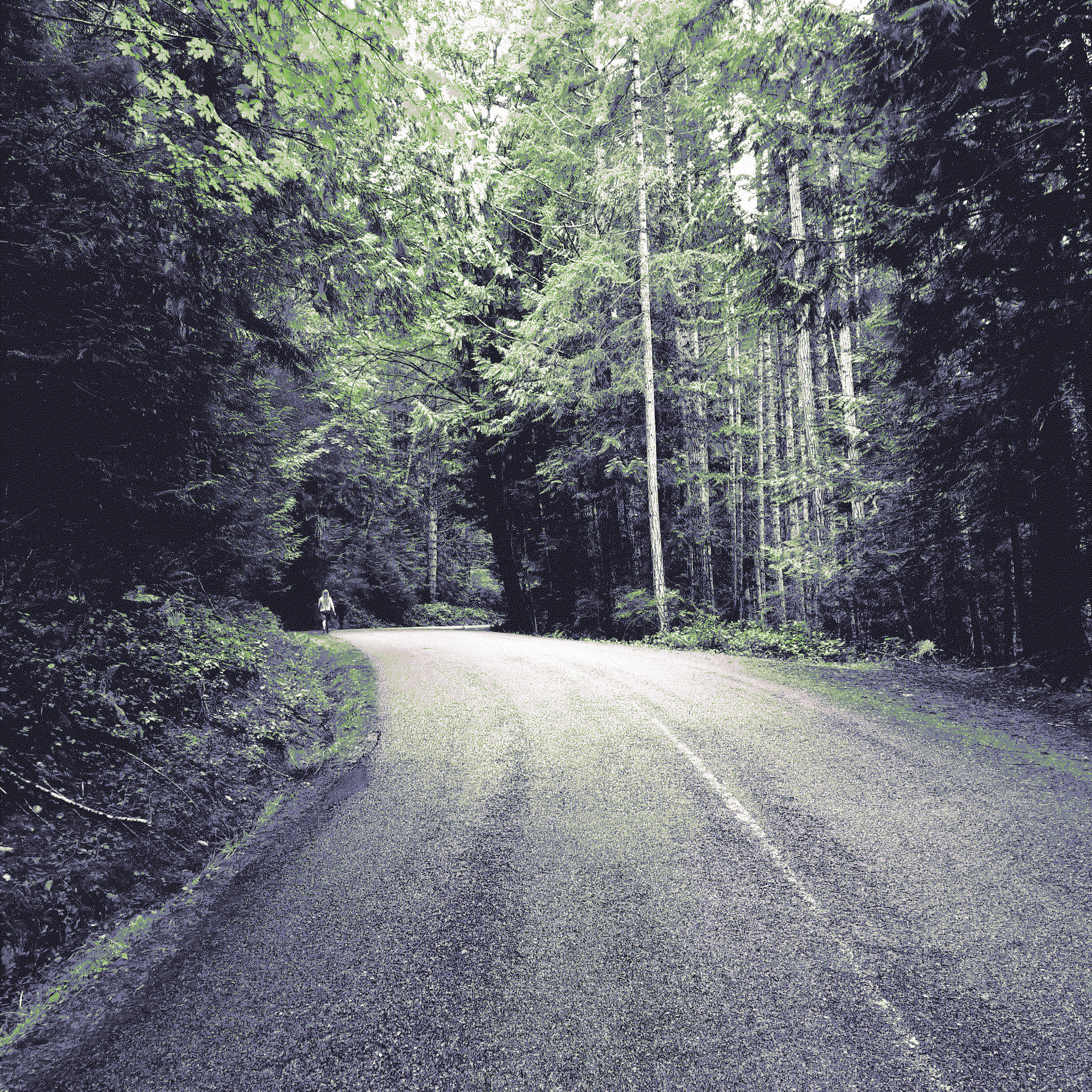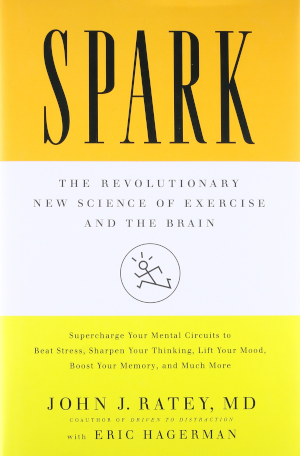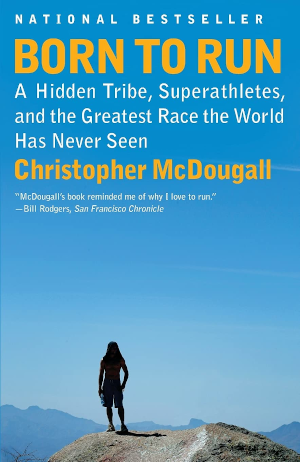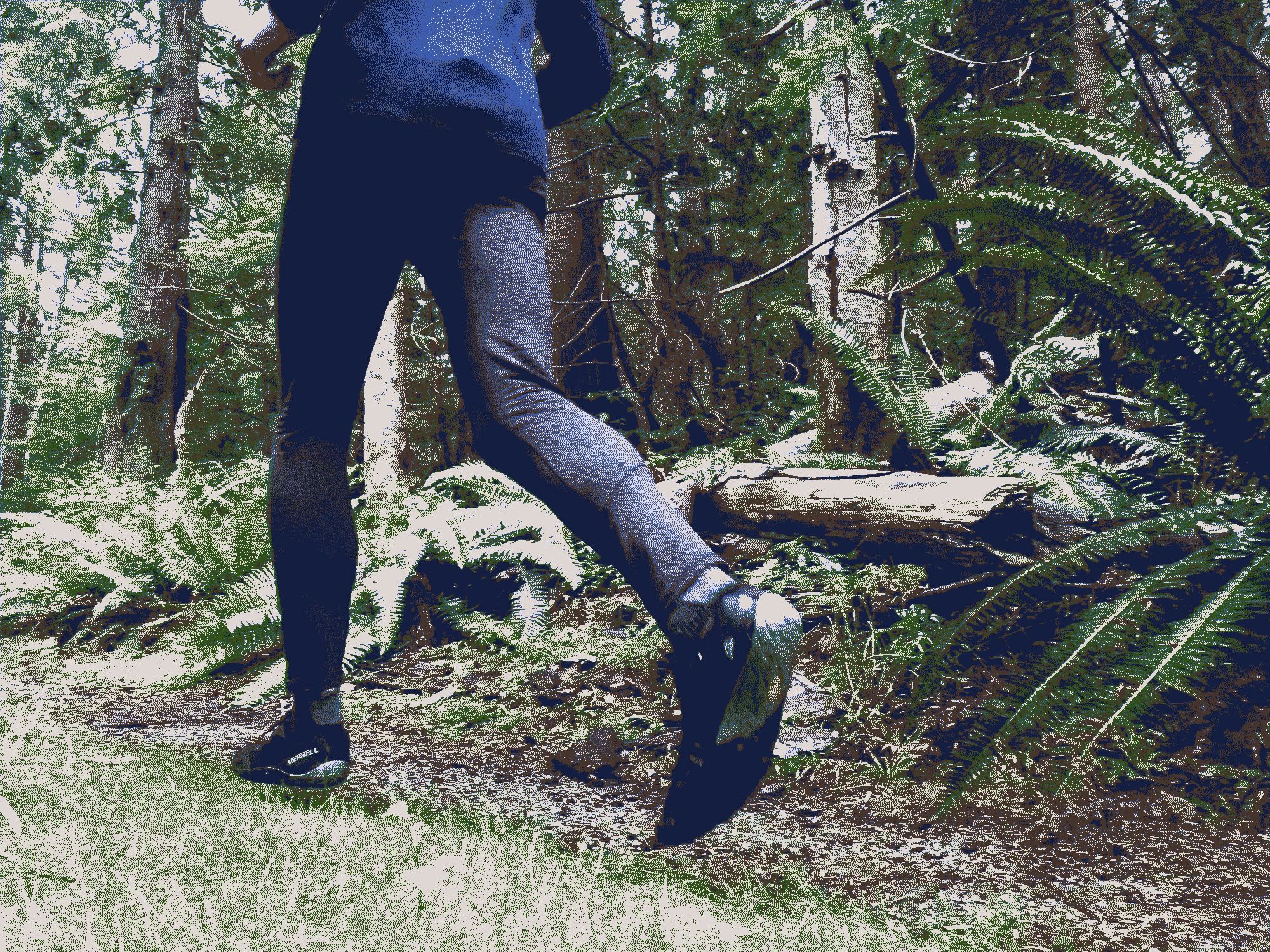How to learn to enjoy running (and survive a half-marathon)

Running used to be excruciating. I would get halfway down the lane by my house… and then have to stop, wheezing and gasping, with burning lungs and aching legs.
Now, I enjoy it, and often run 10 to 25 kilometres for fun, and because it's good for the health. (I’ve heard runners have a 25%–40% reduced risk of premature mortality, and live approximately 3 years longer than non-runners.[1])
I am not a professional athlete, and don’t plan to become one. I’m not a running coach, and have never had one. However, I have been running consistently for two years, without a single serious injury. This month, I ran 175 kilometres (and lost my first race).
In this article, I will give some tips that helped me learn to enjoy running, increase my stamina, and not get hurt.
Read Spark by John J. Ratey and Eric Hagerman

This book sparked my feeble first attempts to learn to run. I found it slightly obnoxious — but it sure was motivational! The only thing I retained was that exercise makes you 20% smarter, but I have deployed this factoid more times than I can count. (Also: exercise helps prevent every major disease known to humanity, including diabetes, alzheimer’s, heart disease, cancer, and mental health issues.)
Read Born to Run by Christopher McDougall

I started Born to Run when I started training (a bit late) for a half-marathon. At first, the casual, journalistic prose grated on me. However, the stories are wild enough that it eventually faded to the background. Any time I am feeling like a clod galumphing along with aching joints, or feel like quitting early, I remember the Rarámuri, running insane distances in leather sandals with smiles on their faces. Light, smooth, and easy.
Run on trails
I started enjoying running when I switched to trail running. Running on pavement made my feet hurt, and becomes monotonous and semi-hypnotic. When I’m running on winding trails, with roots and rocks and puddles and low-hanging branches, I have to pay attention. If I zone-out the way I tend to on the road, I fall on my face. The irregular stride, frequent turns, and occasional jumps prevent feeling that you're pounding away on the same set of muscles and joints. I find it much more natural, and easier to feel like I’m in the flow, moving fluidly. Plus, the soft loam is easier on the feet and joints. (If you have to run on the road, try running on the margin.)
Don't lace your shoes too tight
For years I laced my shoes nice and tight so that I wouldn't hurt myself or have to retie while on the hoof … and my feet always hurt. I thought this was just what running felt like. But it turns out it's what having your feet crushed laterally by too-tight shoes feels like. Slow learner!
Don’t be precious
There are always reasons not to run, so you have to learn to ignore them. Running in the rain is fun once you get started. I have run in downpours, snow, and thunderstorms — and never caught a cold. The day before my first race, I woke up to the sound of a downpour, with a tweaked back, after having only gotten two hours of sleep due to mosquito-induced insomnia.
Warm up and cool down properly
I didn't use to warm up at all. Now, I always warm up by walking for 5-10 minutes. I find I can run far longer, faster, and less painfully if I start by walking until I feel limber.
I walk for 5-10 minutes at the end to cool down, and then stretch. The general advice seems to be to do “dynamic” warmups before a run (jumping jacks, high-stepping, touching toes, lunges, walking, etc) and “static” stretches afterwards: strangely, doing static stretches before a run makes you more likely to get injured.
Fun fact: one time, I came back from a 24-kilometre trail run all creaky in the joints — and played three games of table tennis. When I was done, not an ache remained.
Experiment with your stride
I’ve always liked to lope along with a long stride. However, Born to Run recommends taking small steps and keeping your feet under your torso. Recently, I tried it — and started going faster, with less effort!
I haven’t yet fully adapted to this form, and can’t maintain it for long runs. It reduces the stress on my feet and knees from pounding the pavement, but eventually my muscles and hips get sore. However, by alternating between short and long stride, I can spread the stress evenly, and run longer and faster.
Go slowly
I find it embarrassing to run slowly. But in the long run, the only way to run fast is to go slow, so I don't hurt myself, or get tuckered after just a few minutes.
Walk
Don't be afraid to stop running and walk until you feel like running again. You can have a lot more fun, and go much farther this way. (Some pros even walk in races.)
Socialize
Sometimes, it's nice to run alone, or run in silence. But I have noticed that when running with friends and having an engaging discussion, the miles fly by without it feeling like work.
The farther you run, the farther you can run
Training works. It’s astonishing how quickly you can build up endurance, if you run regularly. Running distances that would have been agonizing, or even unimaginable, can seem like a breeze just a few months later. And at 25 kilometres, I’m just getting started: there are people who run 500 miles.
Conclusion

The day before yesterday, I ran my first race: a half-marathon.
I started training late, and pretty much ignored the official training regime. I didn't do speedwork, I didn't practice hills, I didn't track metrics, and I didn't taper. I ran the full course three times leading up to the race, which is not recommended, and wore worn-out Merrell Vapor Glove 4 ‘barefoot’ shoes.
I ran it in a pack with two of my brothers. We walked the hills, stuck together, and had a blast. We didn't win, but we survived, and that was all we were aiming to do. We shaved 20 minutes off our training record, and lost honourably at 5th place.
Running is an acquired taste. I hope this article helps you learn to enjoy it.
